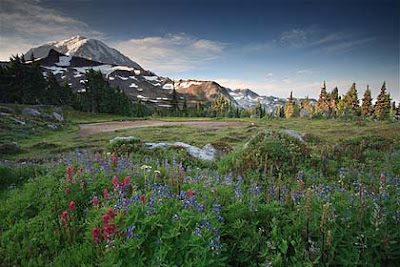Easy way to buy Digital Camera

Main purpose of the camera is The most beautiful pictures. Factors in the selection Simple suggestions for a rookie
1 Design, materials, colors, smart cameras, but if people do not like using may not use. Although the camera is good. Figure it must be beautiful, depending on the skill of the cameraman.
2 If a person who loves photography is absolutely recommended to buy cameras Adjust speed shutter manual will allow imaging Back page focus blur photography collection vehicle or light a fire on the road at night. Taken with a mobile soon stops.
3 If you mother, your brother, girl friend for own use Auto-them category Allan Curtis is proof credentials much easier and faster using a camera called the Point and Shoot.
4 zoom cameras are much the largest. Zoom a little less often. Check out the purposes of use.
5 large screen and small screen resolution of the screen. If a spiritual high resolution images LCD screen is more beautiful but not low-resolution images on the clear out.
6 AA batteries gives more weight to the camera using AA batteries will not look as beautiful eggshell LI-on. But prices are low. Li-on lighter but more expensive but provide more consistent power. Help extend the functionality of the camera other than a battery.
7 vibration system helps low light photography in general better than the camera about 2 - 3 stop. Blur system using high ISO photography focused on the movements all the time stops. But the point of contract interference do not see the image makes the image definition and last use of a camera tripod, works hard, but every situation.
8 MARCRO is a small flower mean if you love photography near The blurred image will not take to see that a pimple is preferable to a small number of laundry 1Cm-5Cm.
9.Len is the recruitment of each camp will enter the lens of the brand. preferable as you like.
Will buy the last box? The budget and appropriate to use today, not purchased for use 10 year old digital camera because Old digital camera to use, like a modern person may need to visit the store each year because the camera can not tolerate it with new ravishing explosion. like this, up to you, sales people like. If readers out there have doubts about the camera issue, we will try to denounce the proposed new knowledge over the years.







